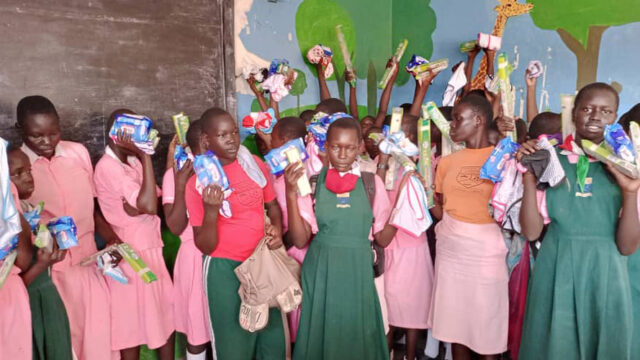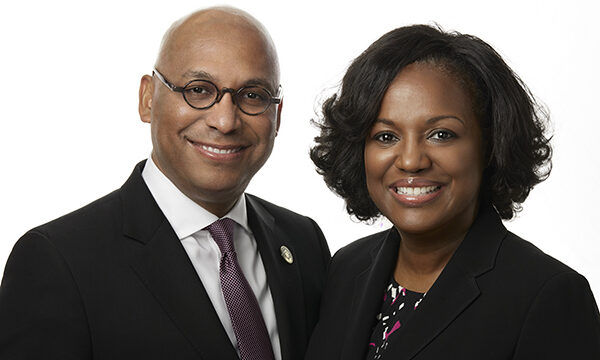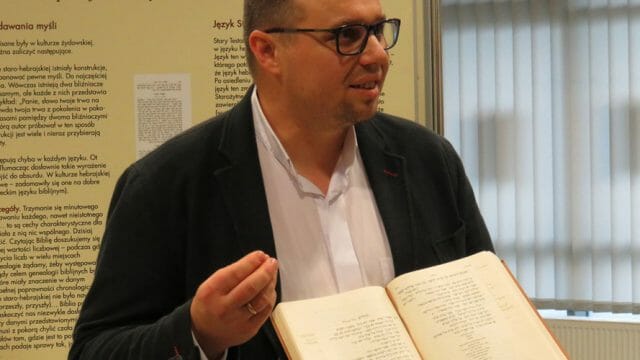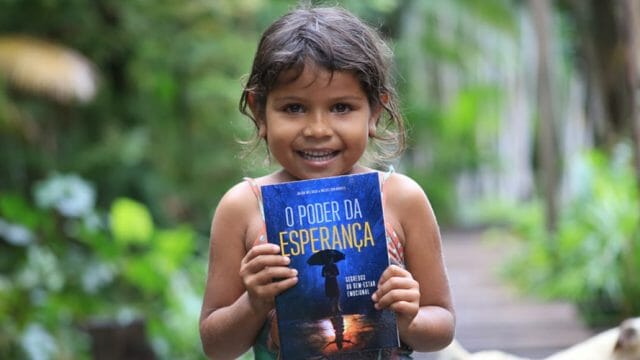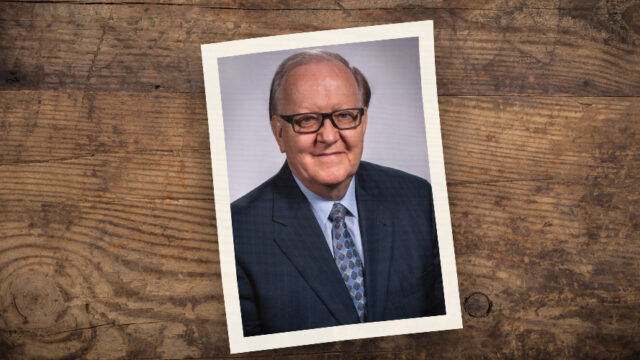How a social worker is nurturing children from isolated, impoverished villages.
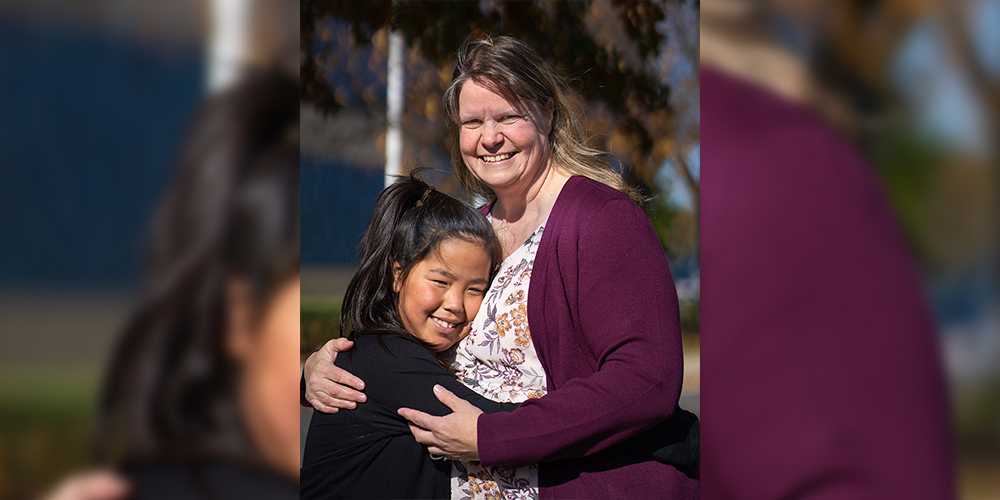
“I understand you wantto be a foster mom,” said a woman who had knocked on the door of the Evans family home in Nome, a small community in Alaska, United States.
“I … maybe,” Shoni Evans replied nervously.
“Well, these two babies need a foster mom,” the woman said insistently.
Evans had seen these native babies with their foster mom at the local Adventist church she attended. But during this reintroduction, the woman holding them brought them into the Evans home and laid them on their couch, along with medical equipment.
“They had been stepped on and had punctured lungs. They were not in good shape,” Evans said.
The woman left, saying she would send a health-care provider to teach Evans how to care for the babies’ tremendous needs. Later that evening, Evans’s husband, Michael, returned home from work.
“I left, and there were two babies. I come back, and there’s four. What did you do?”her husband asked.
“Aren’t they precious? We’re going to be foster parents,” Evans replied.
This was not what the newlyweds had planned on, considering they were fresh out of Southern Adventist University with two small babies of their own and mounting bills. They’d recently moved from Collegedale, Tennessee to Bethel, Alaska, where Michael was given the opportunity to be a pilot for a regional airline in the state. Because of conflicts with work scheduling and Sabbath observance, Michael took a job instead with Bering Air, based in Nome, western Alaska, right below the Arctic Circle.
Nearly two decades ago, the couple joined the small Adventist community that nurtured them and welcomed them in various ways, including the unexpected visit with the doubly unexpected gift.
A Statewide Crisis
In recent years, Alaska’s rate of children in foster care has remained more than double the rate of the lower forty-eight states.1 In 2016 alone, 2,810 children were in the Alaskan foster care system. Further, while Alaska Native American children make up about 20 percent of all children in the state, they accounted for about 60 percent of all children in foster care from 2006 through 2013.2
The numbers have captured the attention of Alaska’s leaders, who consider it a crisis. This served as the foundation for the signing of the Alaska Tribal Child Welfare Compactbetween Certain Alaska Native Tribes and Tribal Organizations and the State of Alaska3 in December 2017. Many of the 229 federally recognized Alaska Native American tribes committed to supporting the state’s Office of Children’s Services and other agencies to preserve native family structures and create more healthy environments for children to flourish.
Socioeconomic ills broadly affect Alaska Native American communities that are scattered throughout the state. Some are as far north as the Arctic Circle, while others can be found among the Aleutian Islands of Alaska, an archipelago scattered westward in the Pacific Ocean and stretching toward the International Date Line. Disparities are evident in educational attainment and household income.4 The disparities are felt particularly among Alaskan Native Americans under the age of 20, who make up a third of the native population. Of the 10,000 children living in the state’s high-poverty areas, 9,000 are Alaska Native American.5
Because of the isolated nature of the villages, there are geographically based systems called “hubs” that provide access to a variety of resources and services, including hospitals, grocery stores, and airports. Nome, where Evans lives, is a hub for Alaska’s Norton Sound region.
“We have a town of 2,300 people. We’re beyond the road system; we have to fly everywhere. As a hub, our town serves 19 smaller villages. These villages can be anywhere from 25 people to our largest one of 750,” Evans said. “There’s extreme poverty in the villages. Some don’t have the infrastructure for water and sewer. In some of our villages, it’s like a Third World country.”
Evans is a family service social worker for a children’s home that is part of the Nome Community Center. The house serves as an emergency shelter for up to 10 children at a time. The center, equipped with a staff of 16, can take children as young as infants up to 18-year-olds. She has nurtured more than 300 children during her nearly 20 years of working with the home. Under that care, the children go to school and engage in a wide variety of activities, from dog-mushing to swimming in the ocean.
“We usually get calls from state social workers. The children staying in our home can come from any one of those 19 villages. We can get called anytime, day or night,” Evans said. “We bring them into the home. We feed them. It’s always one of the first things … we give them lots of hugs and assurance that they’re in a safe place now. We love them. We hold them. We pray with them. We sing to them. They learn about Jesus through our staff. We want them to have a happy life.”
Most of the children stay between three and six months. Allowances are made for longer stays if a healthy, permanent home is not located quickly. Evans and her staff aim to place children in their villages if possible.
“The children are amazing. They’re resilient, but there’s such a drug and alcohol problem out there. There’s hopelessness,” Evans said. “The children struggle because they have nowhere to go. They see that their future is the drug and alcohol [abuse] that they see while growing up in their villages.”
Planting Seeds
Evans said she cherishes every interaction with every child she comes into contact with through her work. She believes lasting impacts are born in those moments.
“I can give some hope to these children — even those I meet for a brief moment. God allows me to have some in my arms for five minutes, while we’ve been able to have others for 18 years. It doesn’t matter how long we have them. God allows us to plant a tiny seed of hope within their hearts.”
Evans’s deep well of compassion is drawn from her own experiences of childhood and adolescent years.
“I’m adopted by an amazing family, so adoption has always been close to my heart. I want to give these children what my adoptive family gave me,” Evans said.
Growing up, she struggled with a learning disorder and had trouble excelling in the classroom. “School never came easy. Friends never came easy,” Evans said. “My first year in college, I totally failed.”
During her second year of college, she had a professor who helped her realize that her failures could be a blessing for others.
“‘Shoni, you can do this. I believe in you, and you can help children like you because you have been there. You have felt it. You understand,’” Evans recounts the professor saying to her.
With newfound determination and the assistance of the same professor, who would also edit her papers and help her study for tests, Evans was able to complete college. From that initial conversation, she knew she wanted to dedicate her life to helping children.
Meeting Haley
A shining example of Evans’s commitment to helping Alaskan Native American children is the adoption of her youngest daughter, Haley.
Evans knew Haley before Haley came into the world. She had worked with Haley’s biological mother and developed a friendly relationship with her. When Haley was born 10 weeks premature, Evans’s husband served as a medevac pilot to get the mother and Haley to Anchorage for medical care. Haley was two pounds eight ounces at birth and had drug addictions because of her mother’s drug use. She spent five weeks in the neonatal intensive care unit (NICU).
Evans planned to adopt Haley and had arranged for her mother to still have a place in her life.
“She was an amazing young woman. I grew to love her,” Evans said of Haley’s mom. “She had a lot of struggles with drugs and alcohol. She had talked to us and had consented to go to rehab.”
Evans said the young woman had her family’s full support and thanked God for the enthusiasm directed toward recovery. But shortly after calling Evans to share her desire to go through rehab to have Haley fully back in her life again, Haley’s biological mother committed suicide.
“It was very hard,” Evans said. “After her mom passed away, her grandfather would come to see Haley about every afternoon. He loved her. He’d sit in my big rocking chair and rock her. It was absolutely a beautiful thing. But he wasn’t healthy enough to take care of her.”
Haley’s grandfather passed away when she was three months old. He was the last family member who would have been able to take her.
Miracle Child
Haley had severe medical issues that stemmed from complications surrounding her birth. She was born with a hole in her heart and needed a heart and lung machine until she was nine months old. She also had twisted bowels and impaired vision and hearing on her right side. She needed to be medevaced three times in her first year of life because her heart had stopped beating or she had difficulty breathing.
Evans was adamant that Haley remained connected with her biological extended family, who loved her but were unable to take care of her. Haley’s aunt — her mother’s sister — was the person who asked Evans if she would officially adopt Haley.
“I wrapped my arms around her and said, ‘Eva, you’re not losing a niece, you’re gaining a sister.’ We have always raised Haley that way,” Evans said.
Haley is now 10 years old. Most of her health issues miraculously resolved themselves over the years, which has stunned her health-care providers. She’s in the fifth grade and is homeschooled by Evans. She assists her mom at work by playing with the babies living in the children’s home. Haley also takes every chance she can to mush with her team of dogs.
Haley is blessed to be part of two loving families — her biological family, and her adoptive family, which is made up of Shoni, her husband, Michael, their four biological children, and another adopted child.
“God healed her for a purpose,” Evans said. “I don’t know what that’s going to be, but it’s going to be a lot of fun to sit back and see why Haley is who Haley is.”
The original version of this story was posted on the North American Division news site.
_______________________________
1. Alaska Children’s Trust, “Kids Count: Alaska Family and Community,” report, McDowell Group, 2018, http://static1.squarespace.com/static/586370cec534a5dbdedba846/t/5c68661f085229f287660e67/1550345794451/KIDSCOUNT-Family-Community-Report.pdf, 6.
2. Diwakar Vadapalli, Virgene Hanna, and Jessica Passini, “Trends in Age, Gender, and Ethnicity Among Children in Foster Care in Alaska,” Institute of Social and Economic Research, University of Alaska Anchorage, November 2014, https://iseralaska.org/static/legacy_publication_links/2014_12-TrendsInAgeGenderAndEthnicityAmongFosterChildrenInAlaska.pdf, 2.
3. “Alaska Tribal Child Welfare Compact Between Certain Alaska Native Tribes and Tribal Organizations and the State of Alaska,” December 15, 2017, http://dhss.alaska.gov/ocs/Documents/Publications/pdf/TribalCompact.pdf.
4. Alaska Native Tribal Health Consortium Epidemiology Center, “Alaska Native Health Status Report,” Second Edition, August 2017, http://anthctoday.org/epicenter/publications/HealthStatusReport/AN_HealthStatusReport_FINAL2017.pdf, 14–20.
5. Alaska Children’s Trust, “Kids Count: Alaska Family and Community,” 16.


